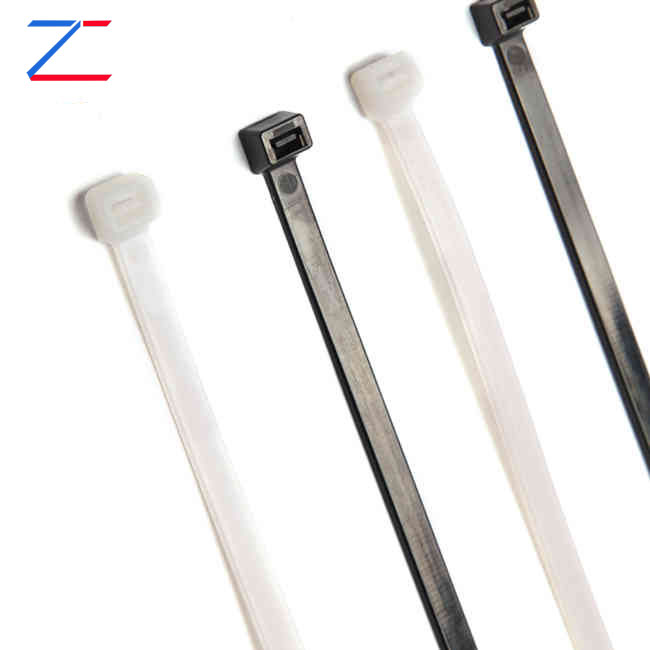How to choose the right Nylon Cable Ties specifications
2025-07-25
Introduction
Nylon cable ties may look inconspicuous, but using the wrong specifications can drive you crazy. Today, let's talk about how to choose the most suitable nylon cable ties. I guarantee you will say "it's so simple"!
1. First figure out what you want to tie
Just like buying shoes depends on the size of your feet, choosing cable ties depends on what you want to tie. Tying wires, tying water pipes, and tying express boxes have completely different requirements. For example:
Wires and cables: choose narrow ones (3.6mm wide), which are light and do not take up space
Industrial equipment: wide ones (7.6mm or more) are needed, with strong tensile strength
Outdoor use: must be with UV protection coating, otherwise it will become brittle after a few months of exposure
Remember: the purpose determines the specifications, don't be silly and just look at the price!
2. The longer the length, the better
Many people think that "the longer the better", but they find that:
Use 30cm to tie small objects, and there is still a lot of extra after three turns, which is not only wasteful but also in the way
Use 10cm to tie large objects, not only is it too tight, but it may also deform the object
Golden rule: leave about 5cm of margin is the most appropriate. For example, if you want to tie a pipe with a diameter of 5cm, a 15cm length is enough.

3. Don't fall into the trap of tensile strength
The "50kg tensile strength" on the cable tie packaging is not a random mark. Focus on:
Static load (weight that can be borne after tying)
Dynamic load (tensile force that can be borne during tying)
For example: The cable tie for tying air conditioning pipes requires at least 80kg of tensile strength, while 3kg is enough for tying a data cable. Don't underestimate this number, it can save lives at critical moments!
4. Material selection has a trick
Ordinary nylon: cheap but afraid of sun exposure, suitable for short-term indoor use
Stainless steel core: expensive but corrosion-resistant, a must-have for chemical plants
Flame retardant: special for electronic equipment, can delay fire when on fire
Last year, our factory used ordinary cable ties to tie outdoor lines. After the rainy season, they all became brittle. We changed a batch to solve the problem. A lesson learned from blood and tears!
5. Special environments should be treated specially
High temperature environment (such as engine compartment): temperature resistance at least 150℃
Low temperature environment (cold storage): must not become brittle at -40℃
Humid environment: must be waterproof and mildew-proof
If you don't pay attention to these details, the cable tie may break before the tied object!
6. Small tricks have a big effect
When tying round objects, first use the cable tie to make a slipknot and then tighten it. When dismantling, just pull it open
If you need to reuse it, choose a loose cable tie
Tie sharp edges, add a protective cover to prevent cuts
Conclusion
Choosing a nylon cable tie is like finding a partner. It is more important to be suitable than expensive. Next time before you make a purchase, read this article and compare it with your choices to ensure that you don’t make detours. If you are still unsure, feel free to ask me and we can figure it out together!
As a professional manufacturer and supplier, we provide high-quality products. If you are interested in our products or have any questions, please feel free to contact us.